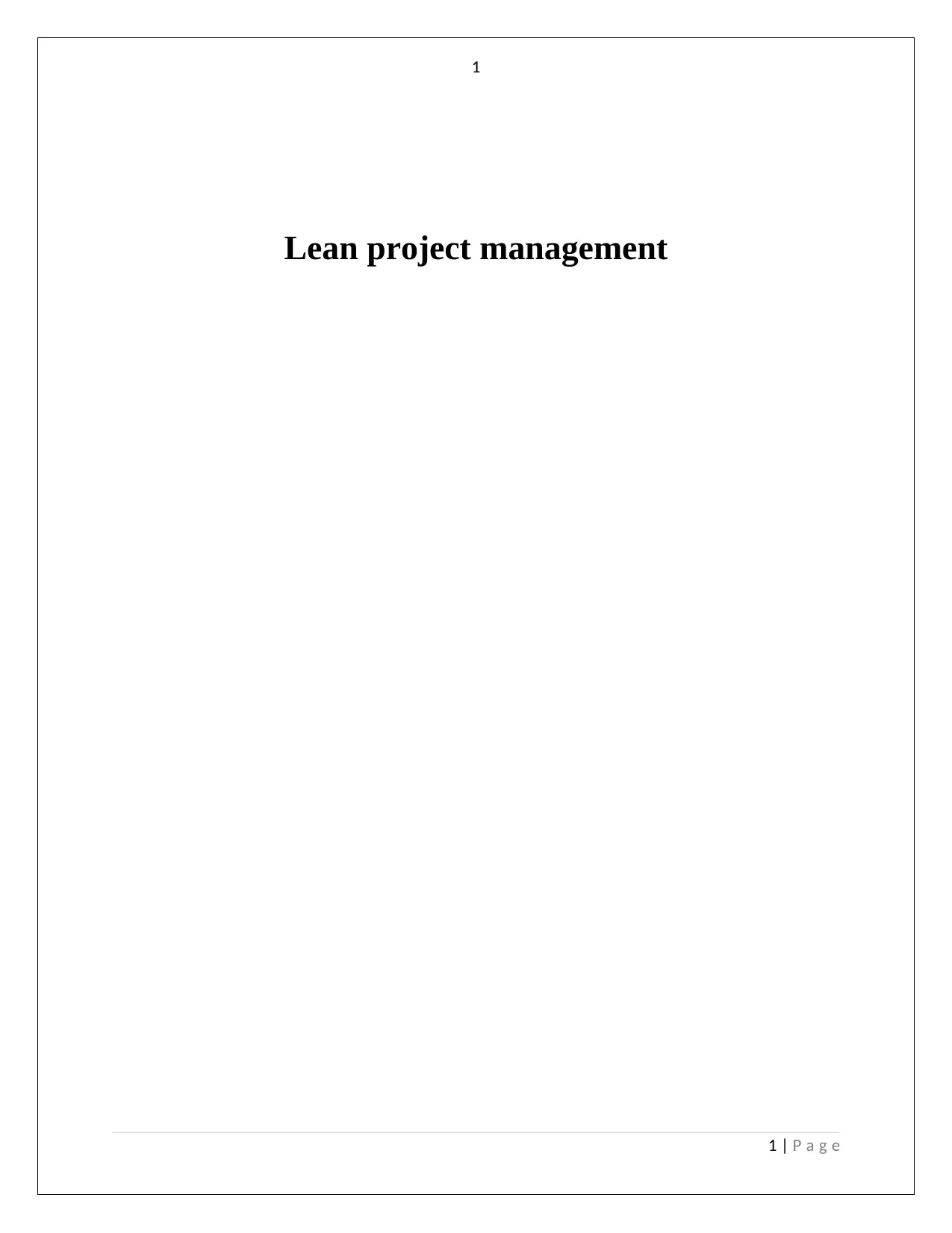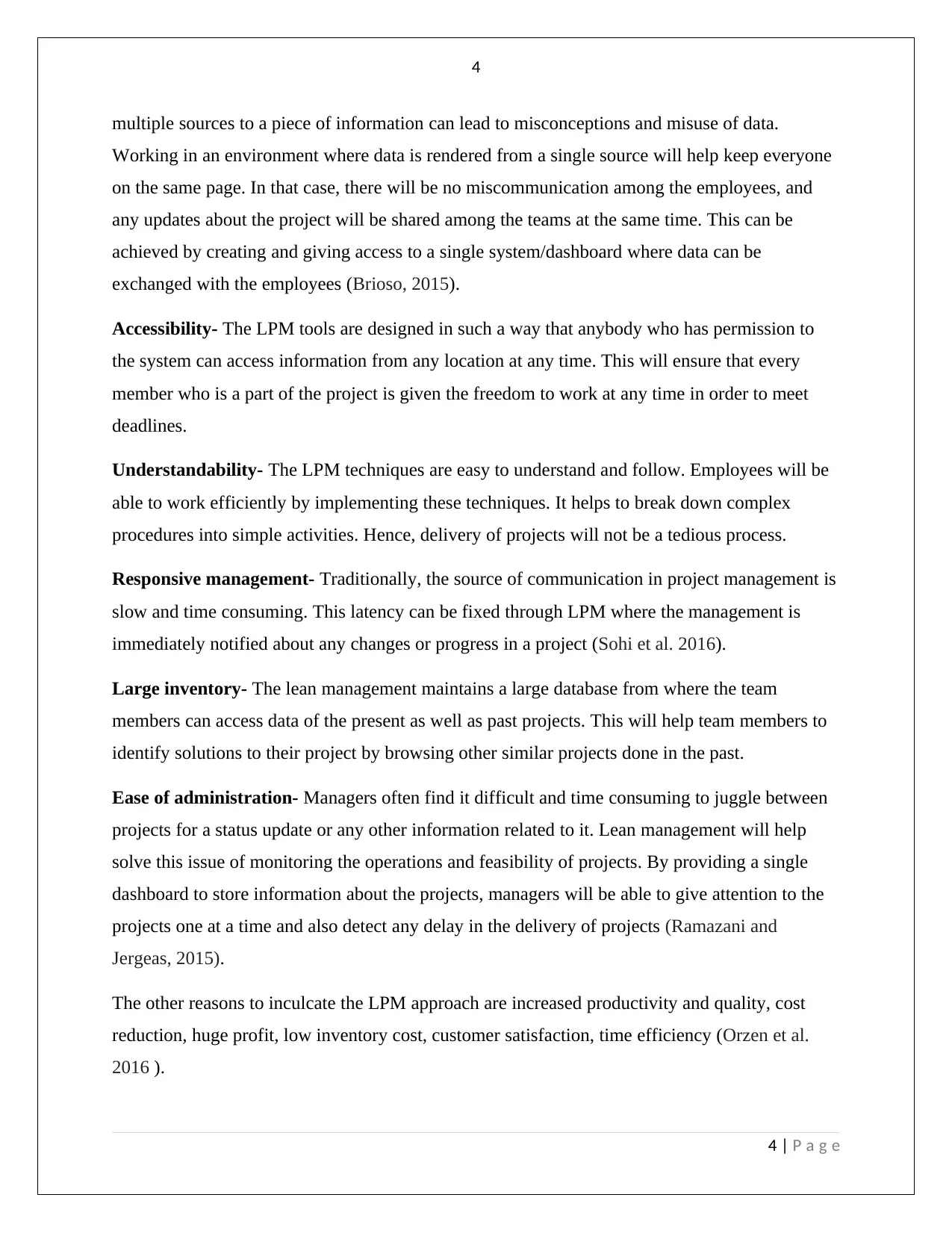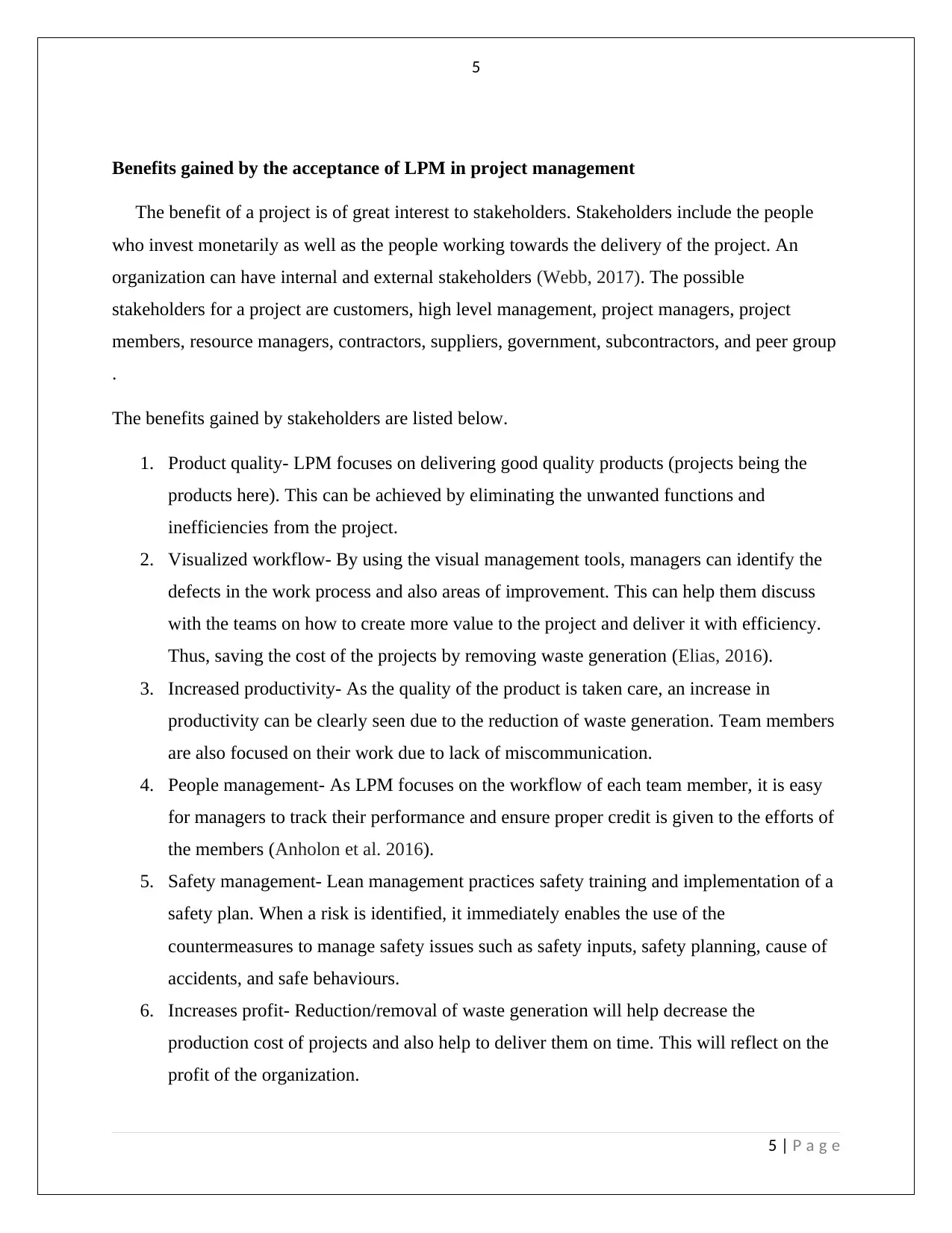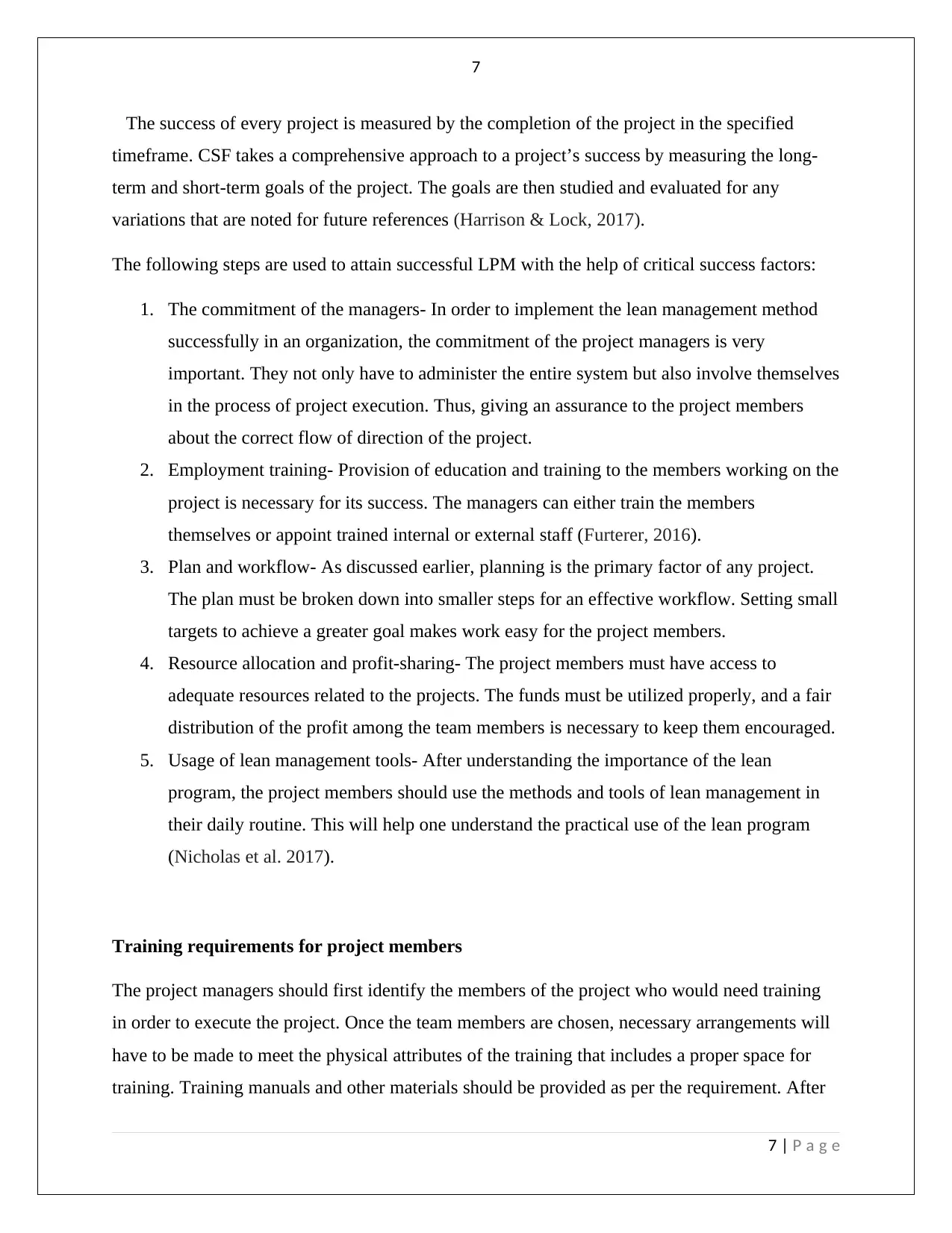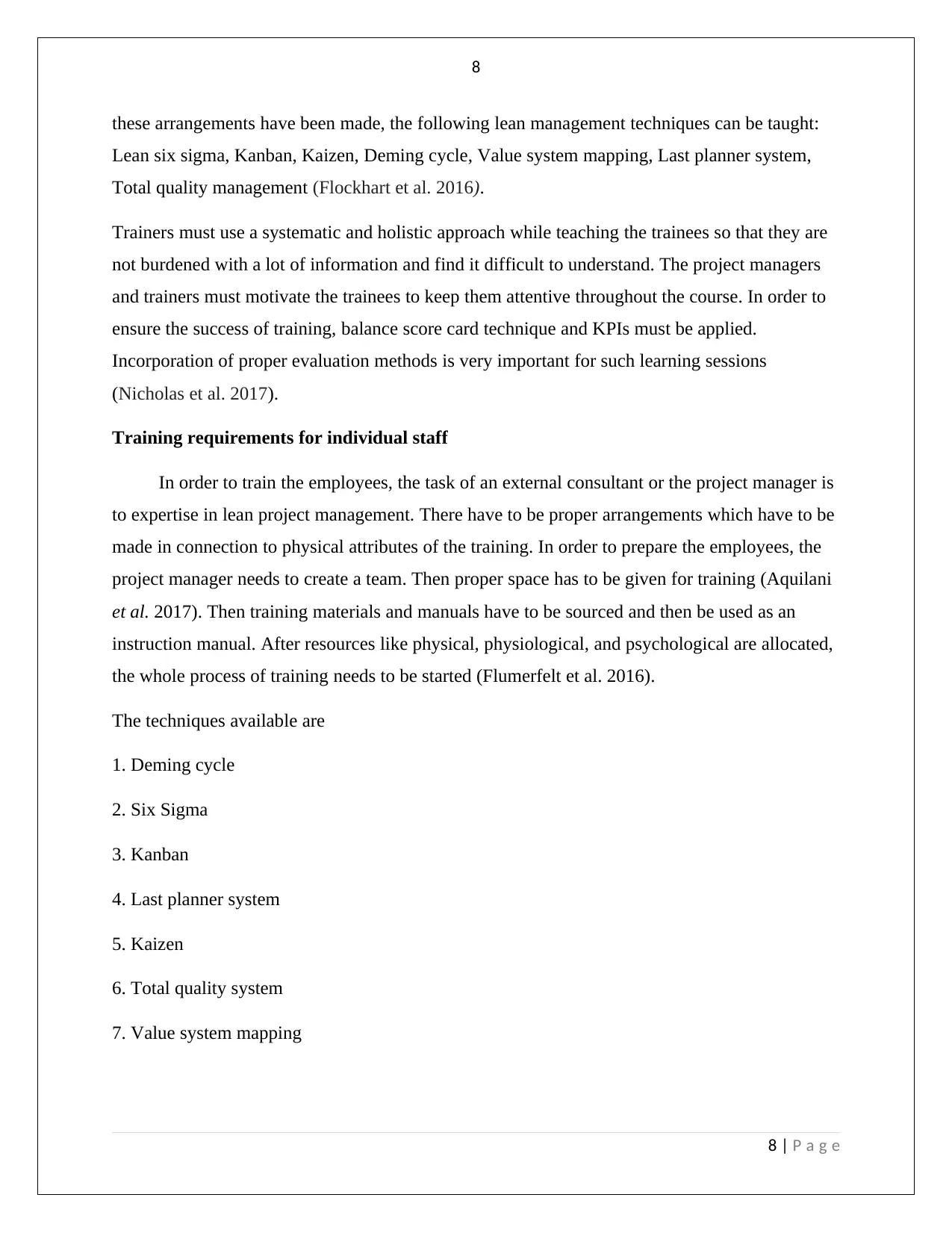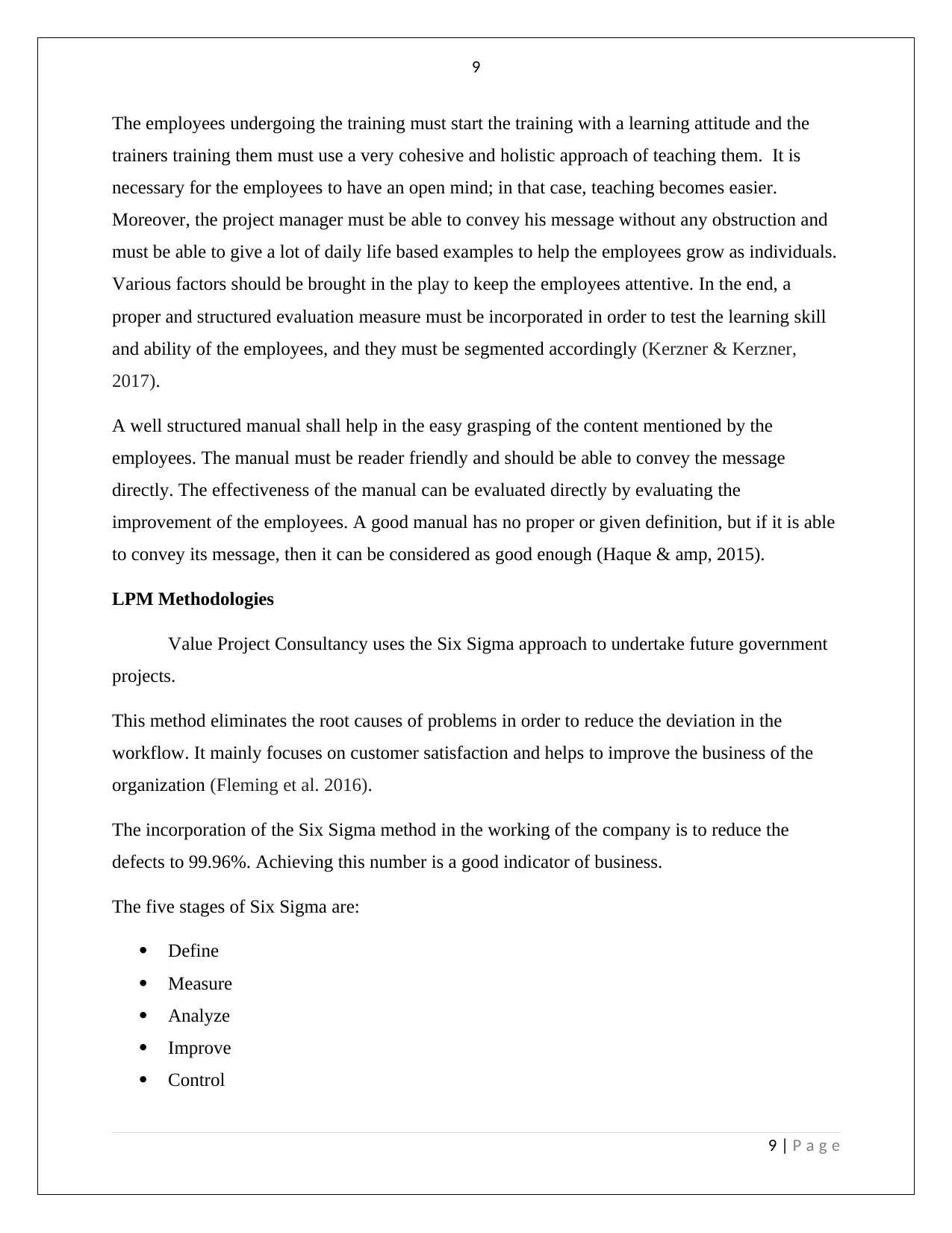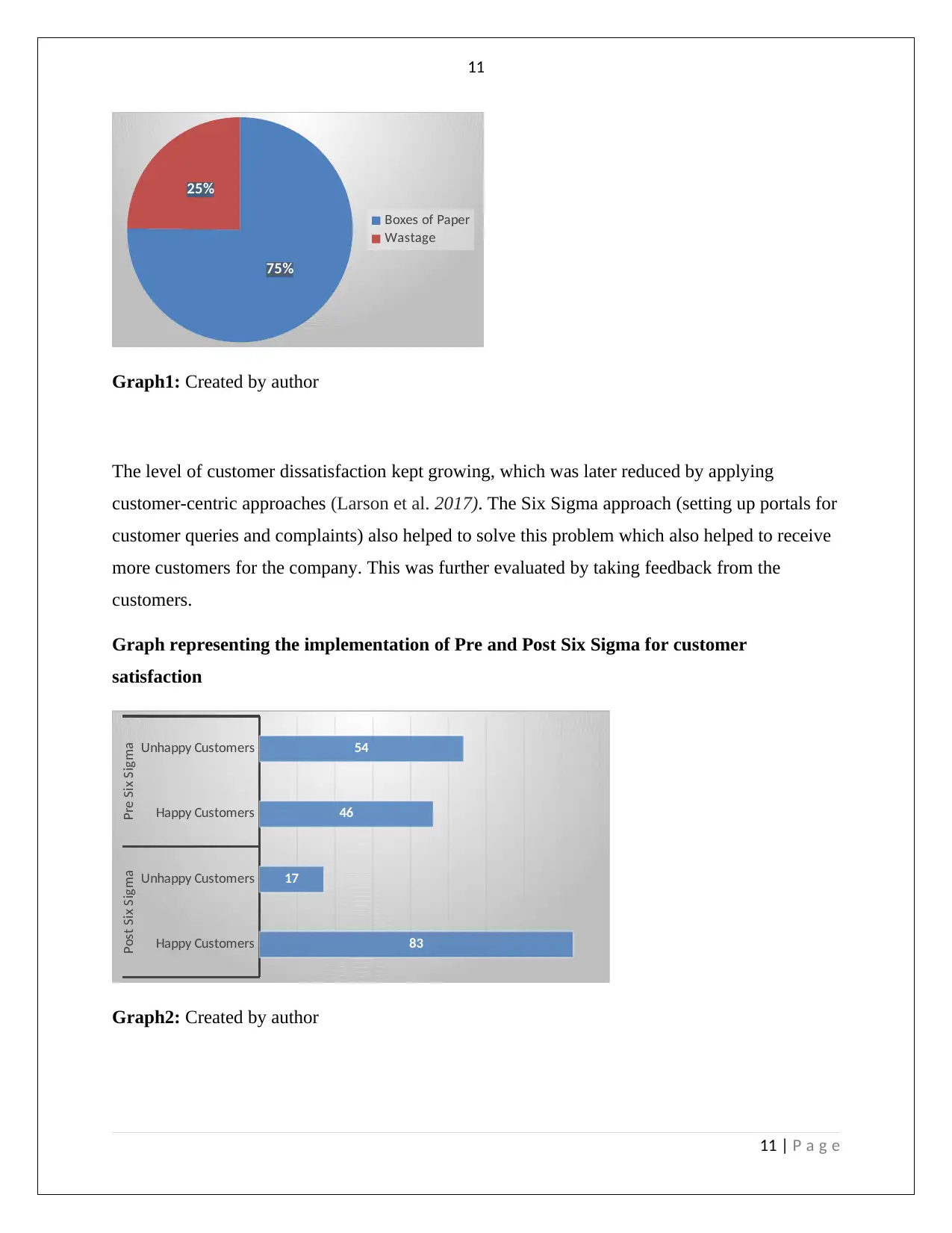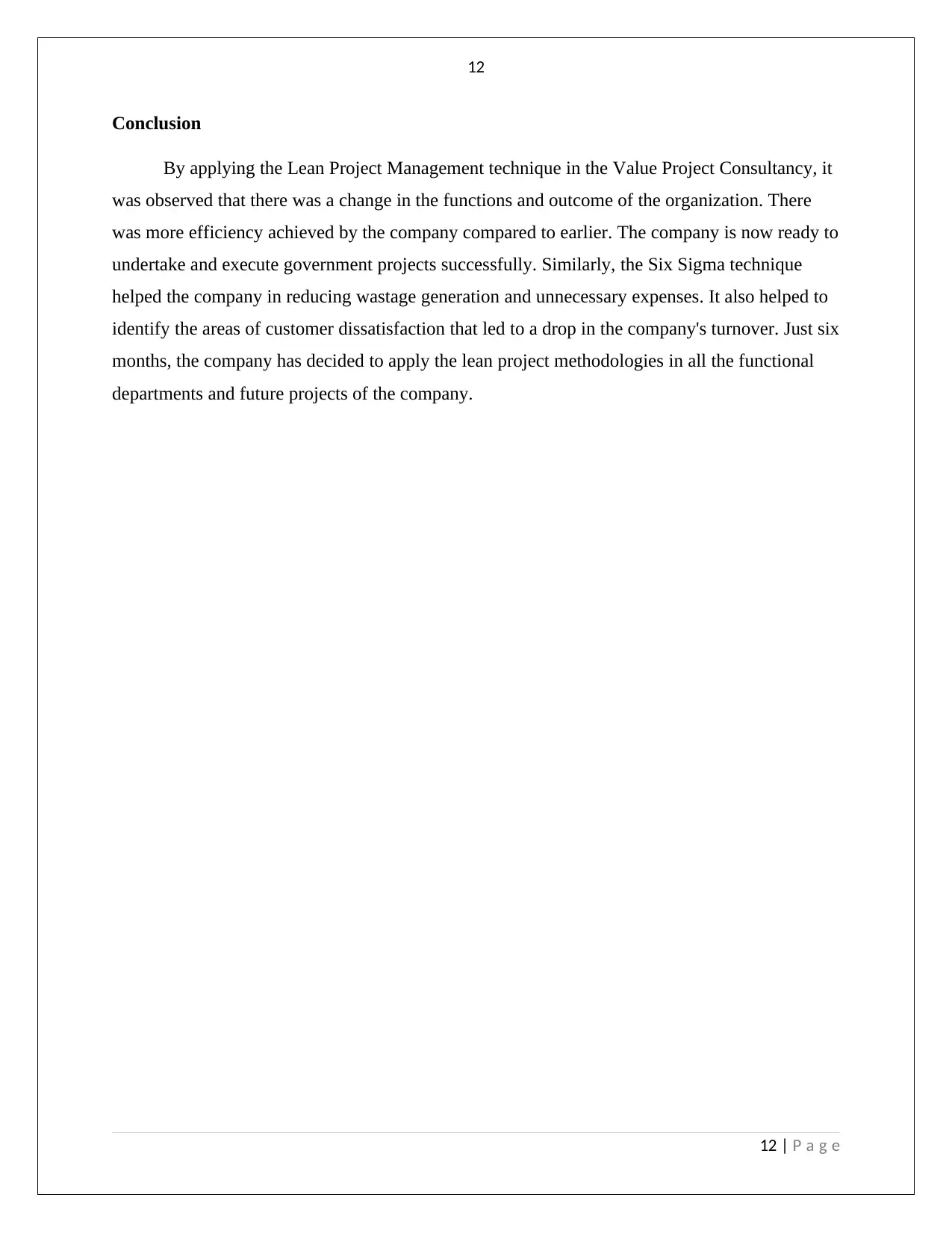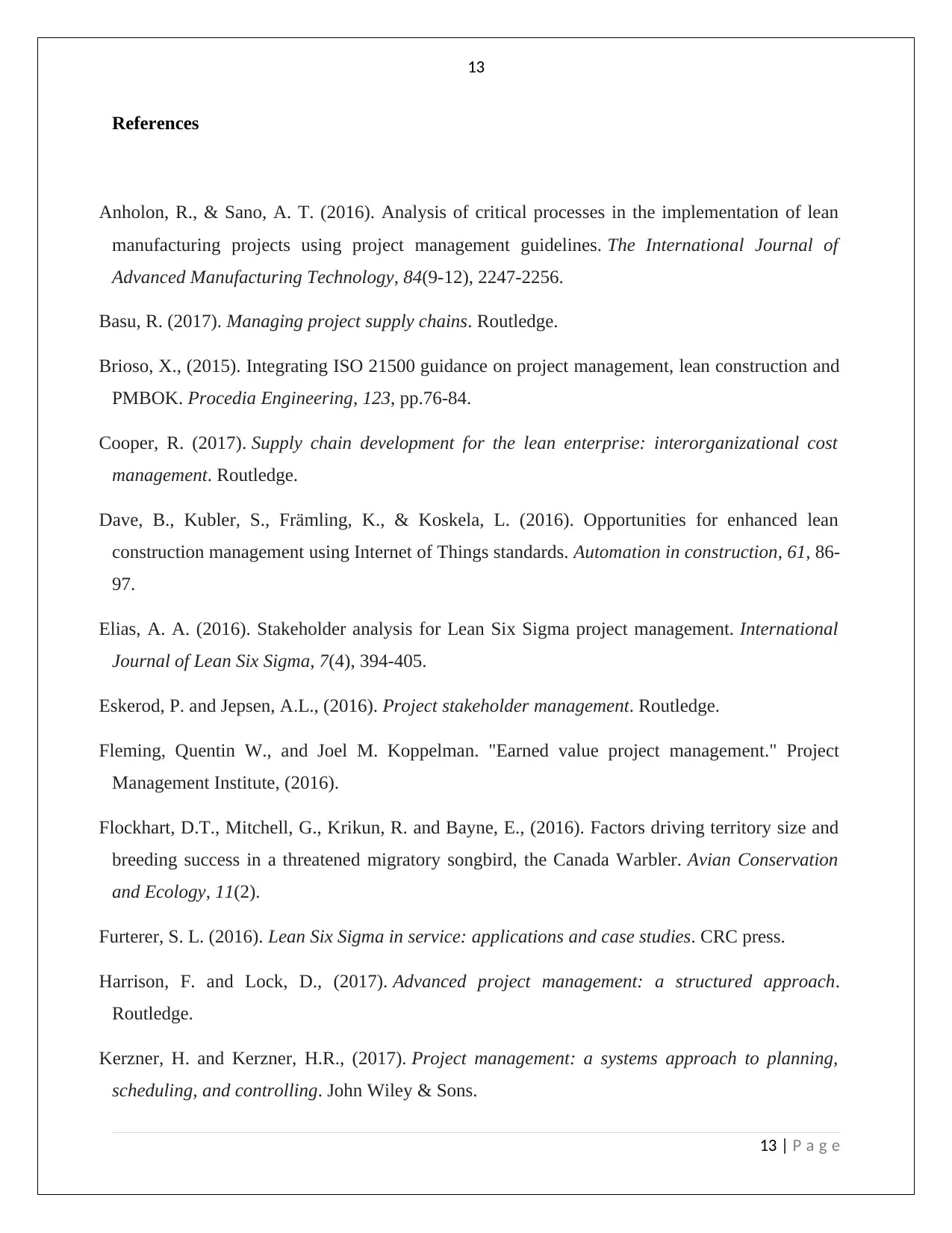This article discusses the implementation of Lean Project Management (LPM) in organizations, including its benefits, critical success factors, and training requirements for project members and individual staff. It explores how LPM focuses on quality, increased customer value, cross-functional teams, data analysis, and efficiency of resources. The article also highlights the benefits gained by accepting LPM in project management, such as improved product quality, increased productivity, and cost efficiency. Additionally, it discusses the critical success factors associated with LPM and provides insights into the training requirements for project members and individual staff. Overall, this article provides valuable information on LPM and its application in project management.
![[object Object]](/_next/static/media/star-bottom.7253800d.svg)
![[object Object]](/_next/static/media/star-bottom.7253800d.svg)
